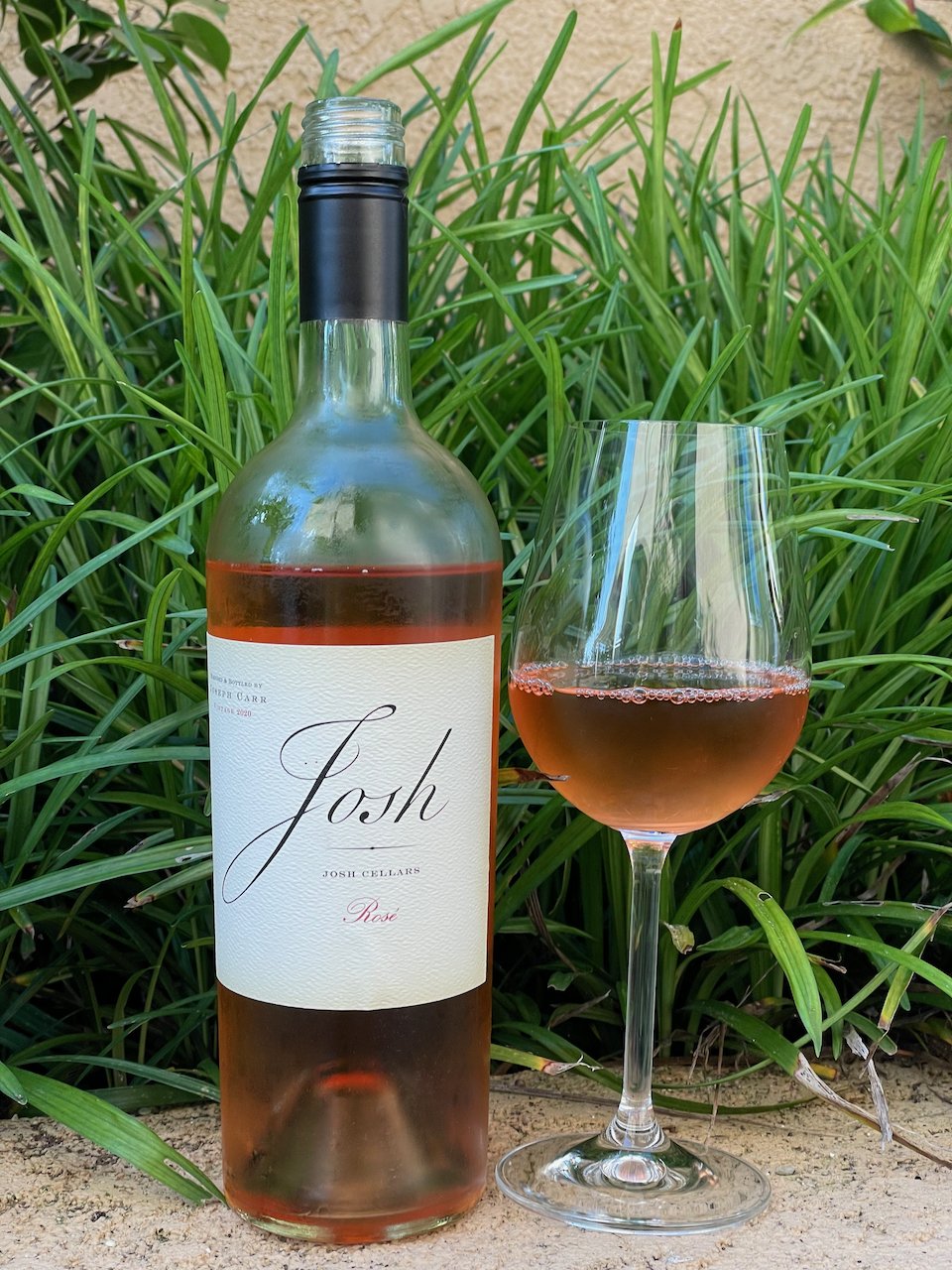Photo by Marialaura Gionfriddo on Unsplash
A Montepulciano (mon-ta-pull-channo) wine can be a bit confusing. Typically, the name of the wine either represents the type of grape used to produce the wine or, most commonly in Europe, the place where the grapes are grown.
Montepulciano as you might guess by its name, is an Italian wine. So, you’d probably also guess that it’s from a region or town of Montepulciano, Italy. But, there you’d be wrong.
It is true that Montepulciano is a beautiful medieval town in Tuscany, in central Italy. But, oddly enough, Montepulciano wines are not produced in Montepulciano.
Instead, Montepulciano wines are from Marche, Molise, northern Puglia and most notably, Abruzzo regions of Italy. All of these regions are along the eastern coast of Italy and benefit from the cooling winds off the Adriatic Sea.
So, yes, Montepulciano wines are made of Montepulciano grapes but they have nothing to do with the town Montepulciano.
To make things even more confusing, the wines that are produced in Montepulciano are, like most Tuscan wines, made from the Sangiovese grape.
Montepulciano is the second most planted red grape in Italy. Sangiovese, the grape used to make Chianti, is the most widely planted grape of Italy.
Montepulciano has long held a reputation for being low-priced fruity red wines that go well with pizza and bold tomato-based sauces. This reputation is true. But, there are many producers, especially in Abruzzo, that are making some very well-structured wines displaying notes of cherry, crushed herbs and tobacco.
Although a bit confusing, Montepulciano wines can be quite good and, as the most exported Italian wine to the U.S., it can be very reasonably priced. Cheers!






